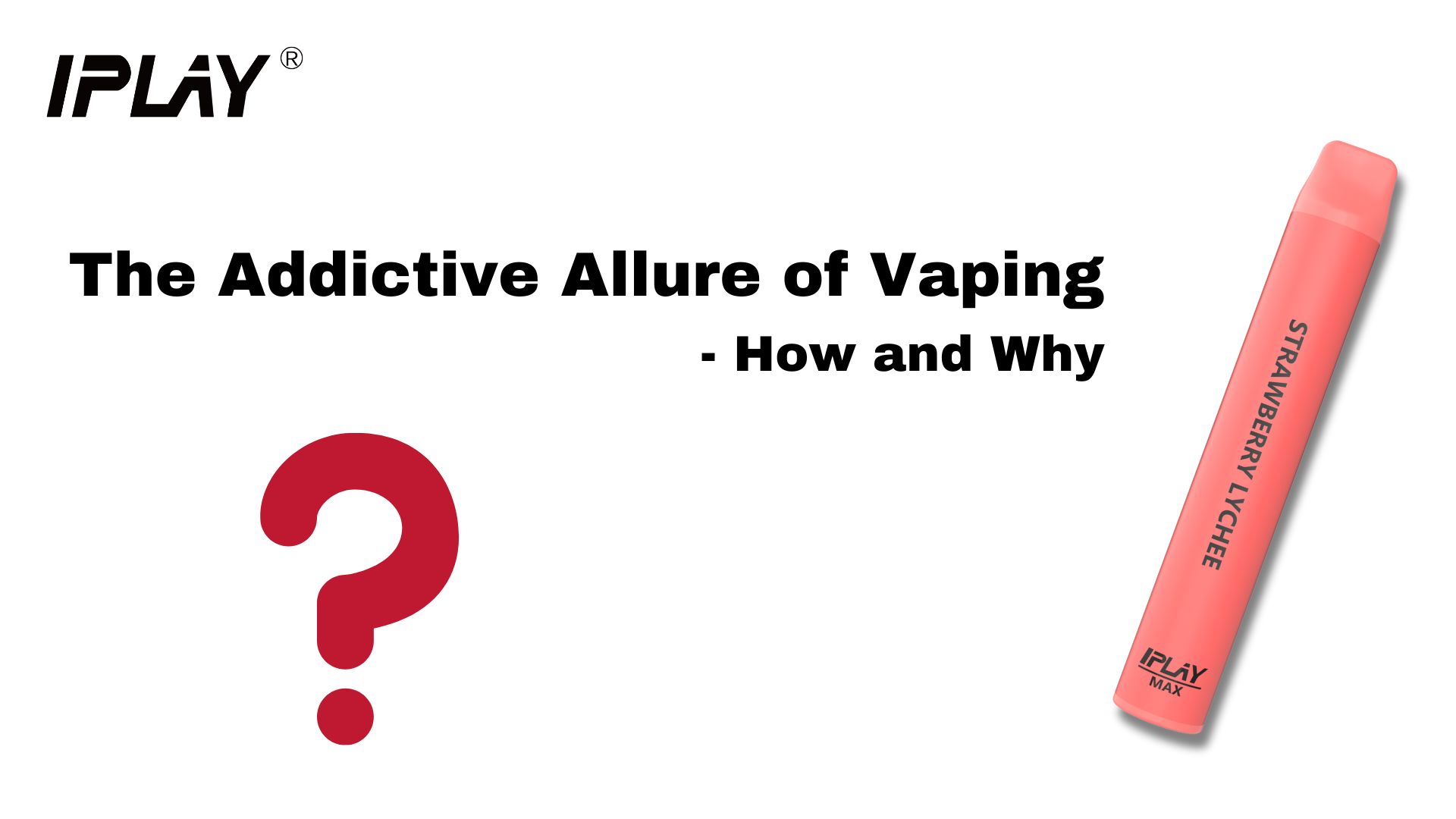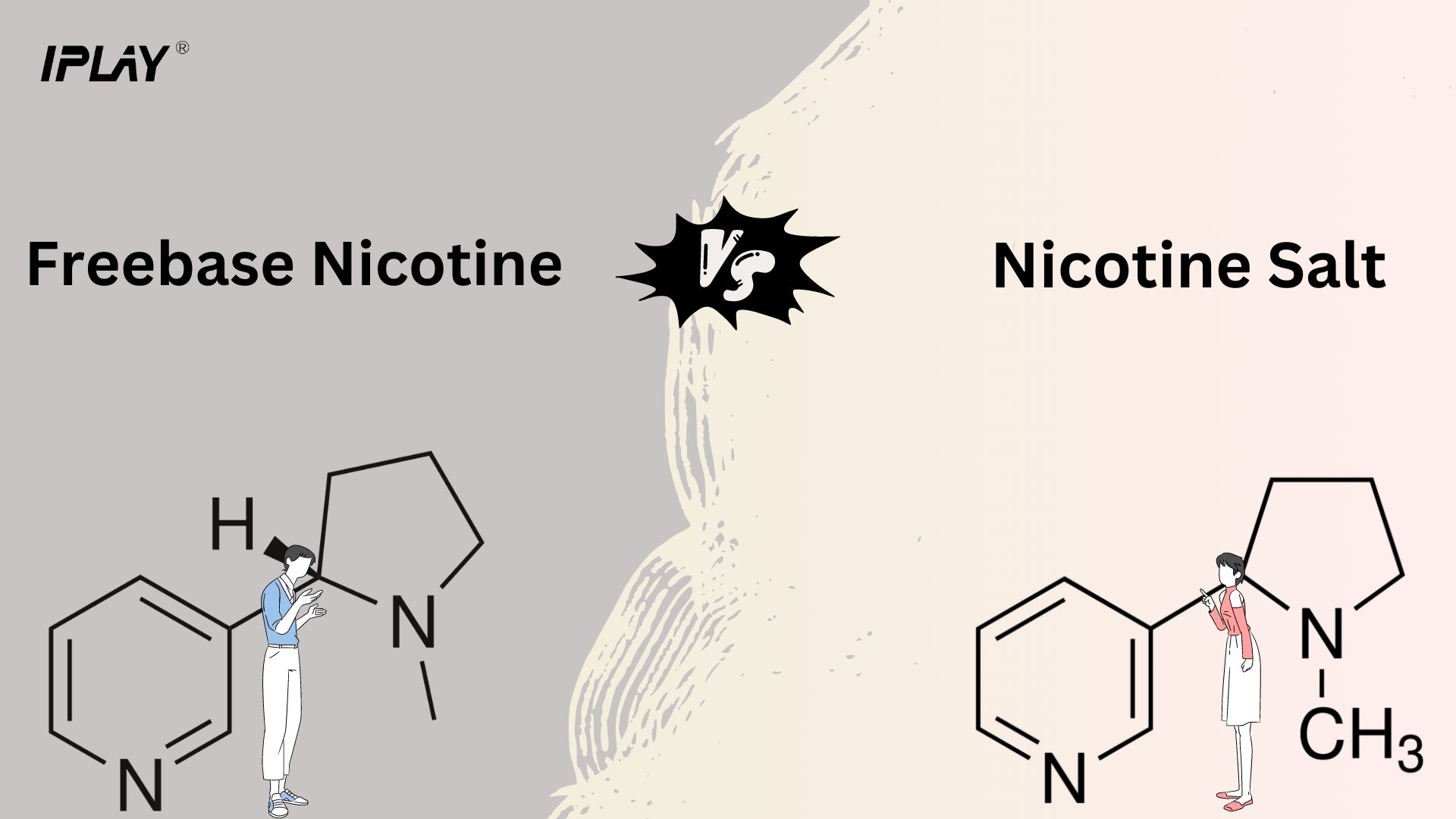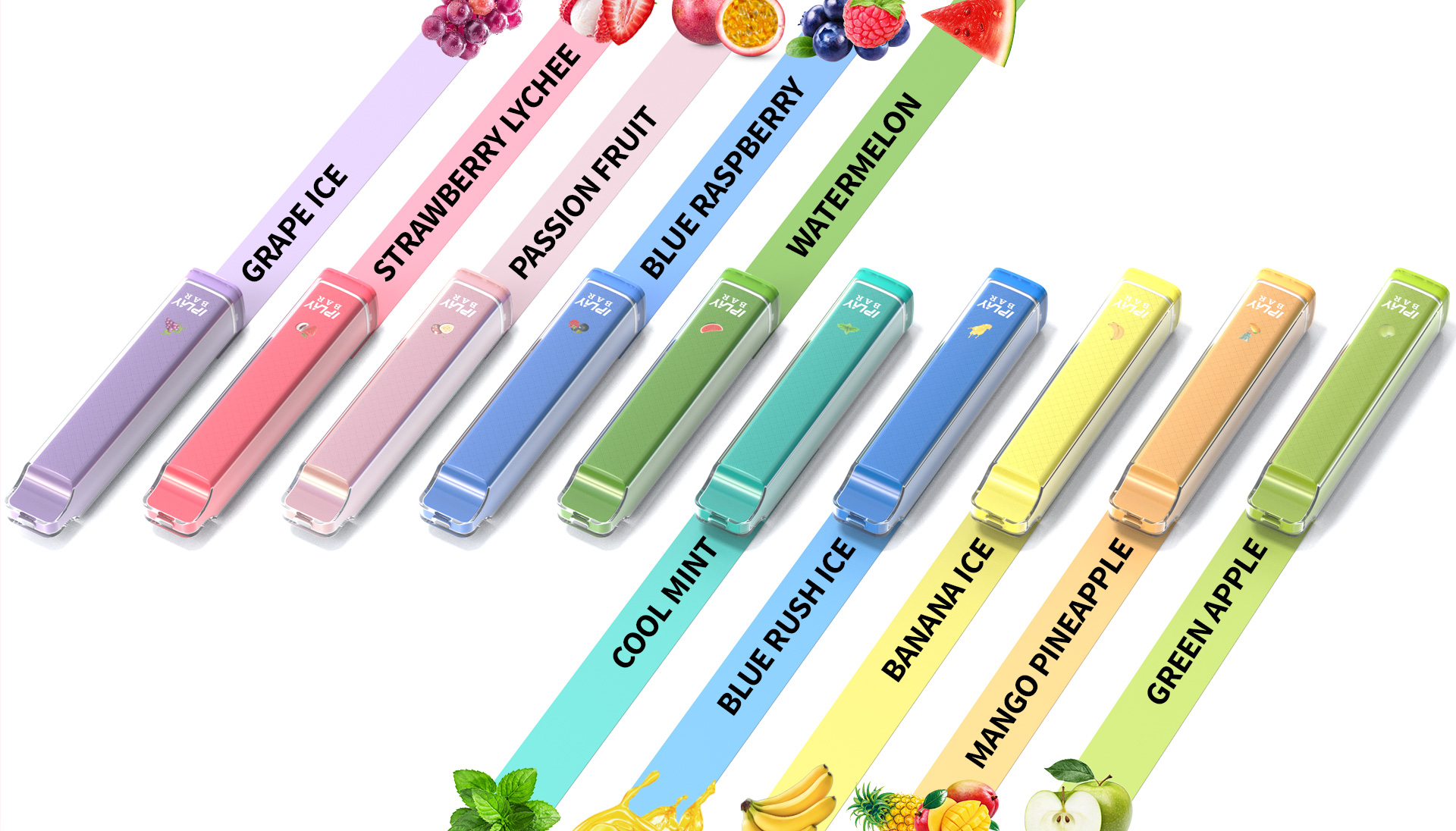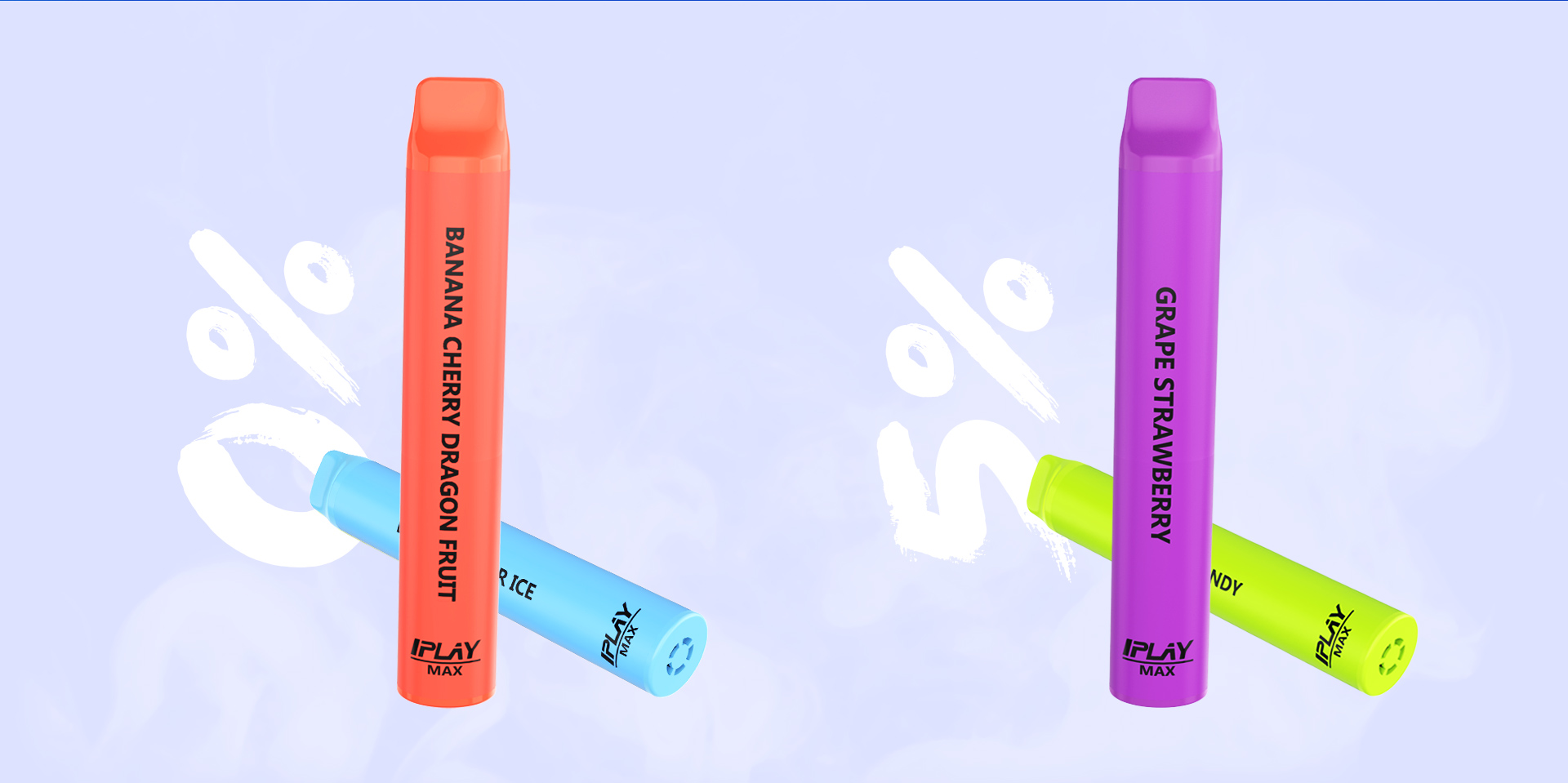In recent years, vaping has taken the world by storm, captivating millions with promises of a safer alternative to traditional smoking. However, as the popularity of vaping continues to rise, so do concerns about its potential addictiveness. In this comprehensive exploration, we delve into the intricate landscape of vaping addiction, shedding light on the factors that contribute to its allure and examining the scientific evidence behind its addictive nature.

The Mechanism: How does Vaping Work?
Vaping, a contemporary practice that has garnered widespread attention, encompasses the act of inhaling aerosolized substances. These substances, typically comprised of flavored liquids laden with nicotine, traverse the intricate pathways of an electronic device before reaching the user’s lungs. This innovative method offers a distinctive conduit for the delivery of nicotine directly into the bloodstream, sidestepping the hazardous combustion that characterizes the traditional act of smoking tobacco-filled cigarettes. In the realm of vaping, nicotine assumes a central role as a naturally occurring stimulant extracted from the leaves of the tobacco plant. Its prominence as the primary psychoactive agent is pivotal, ushering forth the addictive tendencies intrinsic to both vaping and conventional smoking practices. Through this lens, the intricate web of vaping’s mechanics emerges, woven with threads of technological innovation, sensory indulgence, and the potent allure of nicotine’s effects on the human psyche.

Rationale Explained: Is vaping addictive?
The answer depends. For a great number of vapes, they contain a certain percentage of nicotine, a molecule that wields an astonishing influence over the intricate machinery of the human brain. This influence, driven by nicotine’s adeptness at engaging with the brain’s intricate neural circuitry, can be attributed to its profound ability to stimulate the release of neurotransmitters, notably dopamine. As one of the brain’s chief messengers, dopamine holds a pivotal role in orchestrating the complex symphony of pleasure and reward.
When nicotine enters the bloodstream through vaping or smoking, it embarks on a swift journey to the brain, where its true power unfurls. It’s within this neural realm that the release of dopamine takes center stage. Dopamine, often dubbed the “feel-good” neurotransmitter, is a key player in the brain’s reward system, a delicate network that shapes our motivations, desires, and experiences of pleasure. The mere presence of nicotine instigates a surge in dopamine levels, triggering a cascade of euphoria and positive sensations that act as a potent reinforcement of the behavior that led to its release – in this case, vaping.
This cascade of pleasure establishes a powerful association in the brain. It links the act of vaping with a pleasurable experience, setting the stage for a repeating cycle of positive reinforcement. As users draw on their vaping devices, the subsequent release of dopamine creates an immediate link between the act itself and the sensations of pleasure it induces. This association forms the backbone of the behavioral loop that characterizes addiction: the more the behavior is repeated, the stronger the connection between vaping and pleasure becomes. Over time, this connection evolves into a driving force, compelling users to engage in vaping to rekindle those pleasurable sensations. So the answer for “Is vaping addictive?” is a sure yes, as long as the product you consume contains nicotine.

Further Investigation: How Addictive is Vaping?
1. Psychological Aspects of Vaping Addiction
Beyond the intricate realm of physiological dependence lies a tapestry of equally potent psychological influences that significantly contribute to the grip of vaping addiction. Vaping transcends mere physical habit, intertwining itself with an array of deeply rooted social, emotional, and situational cues that propel its addictive allure. The act of vaping extends beyond the mere inhalation of vapor; it metamorphoses into a multifaceted tool that individuals employ to navigate the complex landscape of their emotions and interactions.
For many, vaping assumes the role of a soothing refuge, a sanctuary where stress and anxiety can momentarily dissipate in the swirling tendrils of vapor. The tactile engagement with the vaping device and the rhythmic inhales become a ritualized response to life’s challenges, fostering an immediate sense of relief and escape. This stress-alleviating function establishes a profound psychological link between vaping and emotional equilibrium, amplifying its addictive clout.
Equally influential is vaping’s role as an emotional crutch, offering an avenue to cope with a spectrum of feelings, from boredom to sadness. In moments of emotional vulnerability, the act of vaping transforms into a coping mechanism, offering a transient escape from the complexities of the human psyche. This transformation solidifies the bond between vaping and emotional relief, establishing a self-perpetuating loop that fuels the addictive cycle.
2. The Role of Flavoring
A distinctive hallmark of vaping lies in its expansive palette of alluring flavors, a facet that introduces a captivating sensory dimension to the act. Beyond the mere inhalation of vapor, vaping becomes an intricate symphony of taste and aroma, engaging multiple senses simultaneously. The kaleidoscope of flavors available has undeniably played a pivotal role in rendering vaping an appealing alternative to traditional smoking, attracting both novices and seasoned enthusiasts alike.
However, the enchantment of flavoring is not without its subtler implications, particularly concerning addiction. The diverse range of flavors serves a multifaceted purpose, with both positive and potentially detrimental outcomes. On one hand, flavoring enriches the overall sensory experience of vaping, elevating it beyond a mere nicotine delivery mechanism to an artful exploration of taste. Yet, the allure of flavoring transcends the aesthetic, as it intertwines with the mechanisms of addiction.
Flavoring has the remarkable ability to obfuscate the otherwise pungent and acrid taste of nicotine-laden vapor. This camouflage effect proves especially crucial for those who are new to vaping, as it renders the initial experience more palatable and lessens the natural aversion to nicotine’s bitterness. Consequently, beginners might find themselves consuming higher amounts of nicotine, facilitated by the pleasant mask of flavoring. This subtle manipulation of sensory perception thus contributes to the early stages of addiction, drawing individuals into a cycle of use that’s bolstered by the allure of taste.

Addressing Vaping Addiction
Understanding and acknowledging the underlying addictive potential of vaping form the cornerstones of proactive prevention and intervention strategies. As the allure of vaping continues to ensnare individuals across various age groups, the need for robust measures to mitigate its impact becomes ever more pressing. Public health initiatives and stringent regulatory frameworks emerge as pivotal tools in this battle against the growing prevalence of vaping addiction.
Proposed regulations that target the accessibility of vaping products to minors hold substantial promise in curtailing the early onset of addiction. By erecting barriers that prevent the sale of vaping devices and substances to individuals below the legal age, societies can significantly impede the initiation of addictive behaviors. Simultaneously, the limitations placed on the spectrum of flavors available for vaping products can dampen the enticing appeal for younger users, disrupting the cycle of experimentation and eventual addiction.
For those who seek an exit from the clutches of nicotine addiction, the landscape of vaping presents an intriguing paradox. Vaping, often employed as a transitional tool for smokers aiming to quit, becomes a stepping stone to recovery. Zero-nicotine vape options emerge as a beacon of hope, offering a way to maintain the familiar hand-to-mouth habit while circumventing the perpetuation of nicotine dependence. This nuanced approach underscores the multifaceted nature of addiction and the myriad strategies required to combat its grip.

Conclusion
The question of how addictive vaping truly is is a complex and multifaceted one. While vaping offers a seemingly less harmful alternative to traditional smoking, its addictive nature cannot be ignored. The interplay between physiological dependence, psychological triggers, flavorful options, and marketing strategies all contribute to the allure of vaping. As we navigate this evolving landscape, continued research, public awareness, and responsible regulation are essential to mitigate the potential for widespread vaping addiction and its long-term consequences.
In summation, addressing vaping addiction demands a multi-pronged approach that merges regulatory rigor with educational enlightenment. By acknowledging the intricacies of addiction and its allure, societies can forge a path towards harm reduction and informed choice. Through collaborative efforts, we can construct a future where vaping is a conscious decision devoid of impulsive entanglements, thus safeguarding the well-being of current and future generations.
Post time: Aug-12-2023

